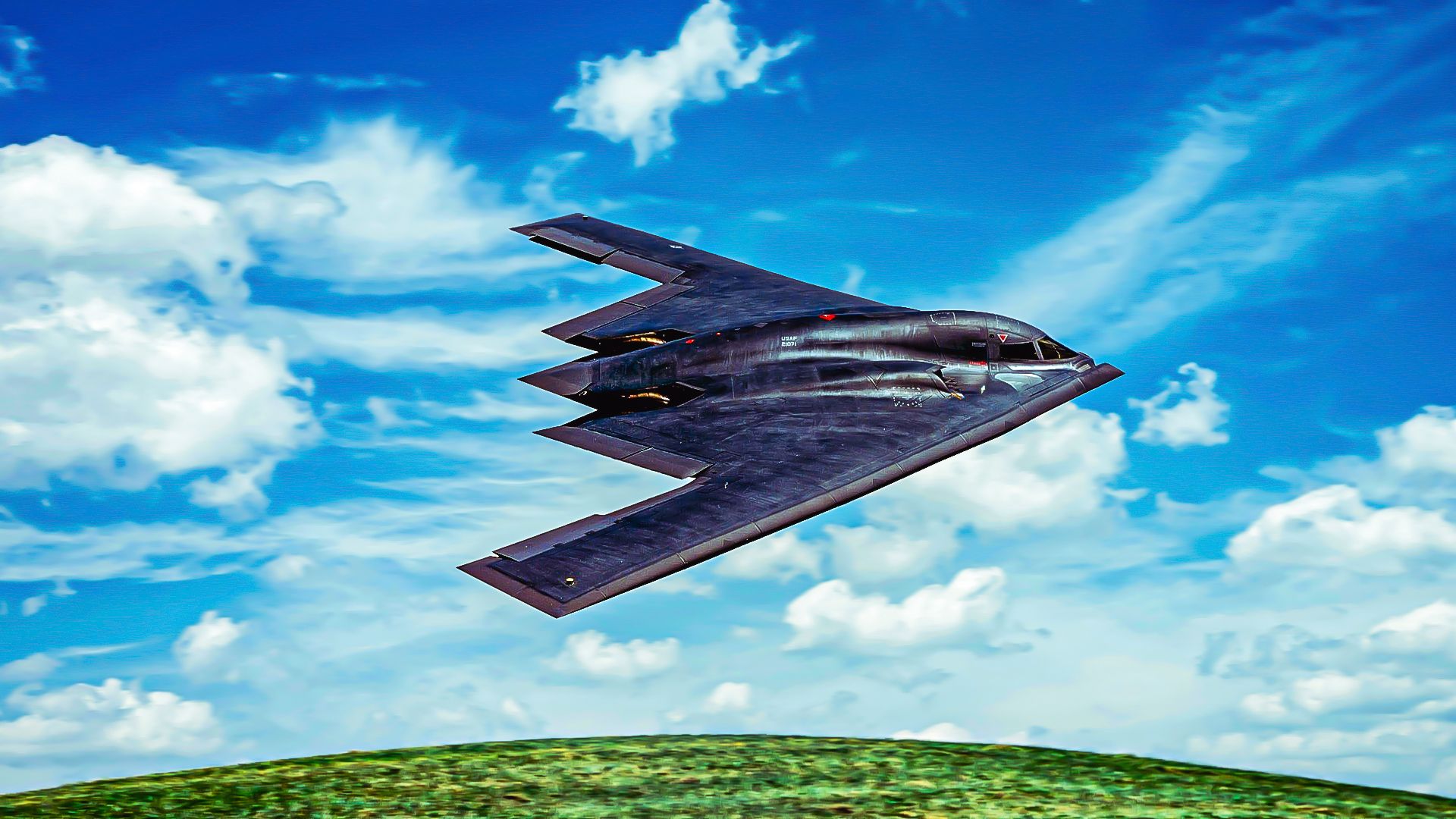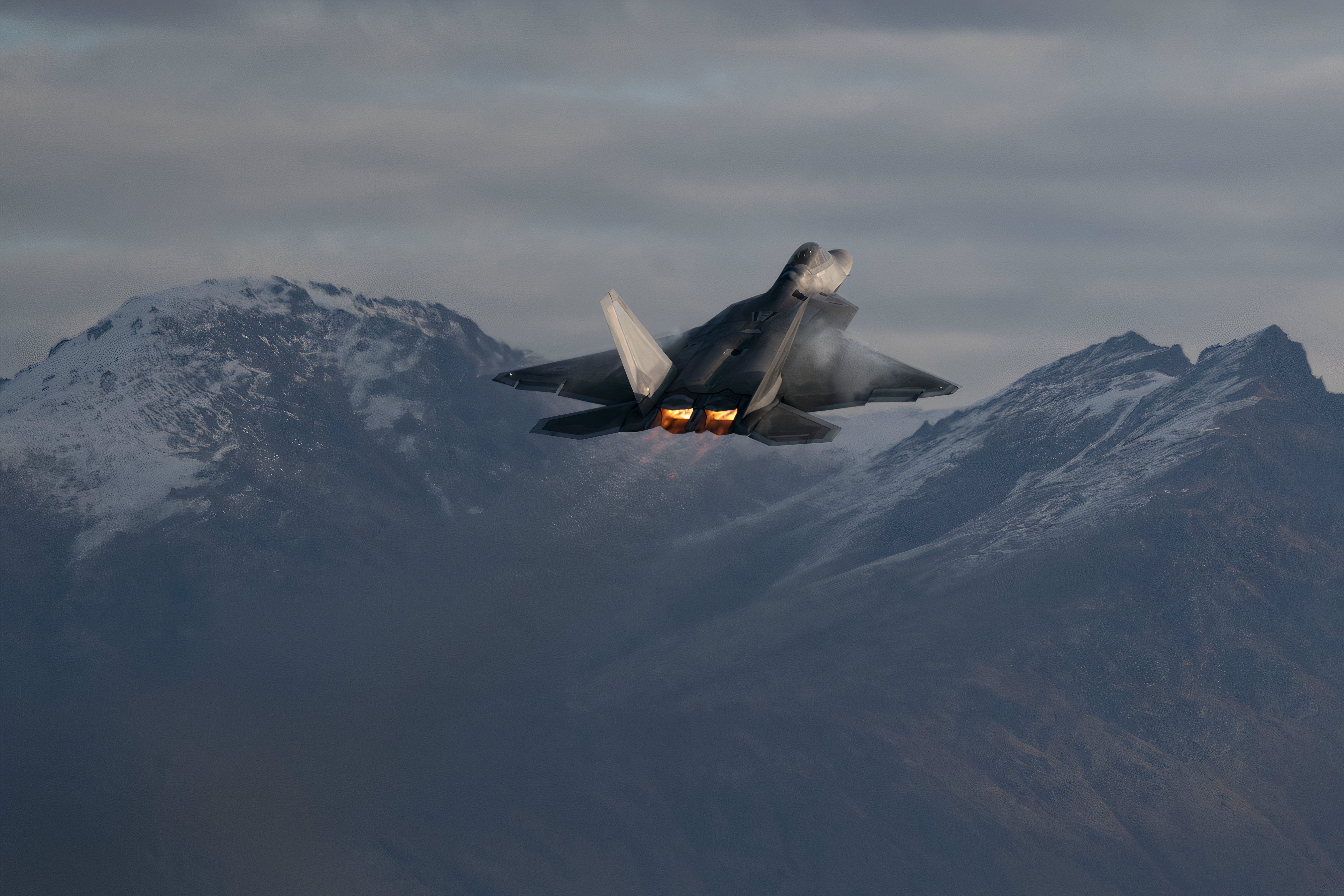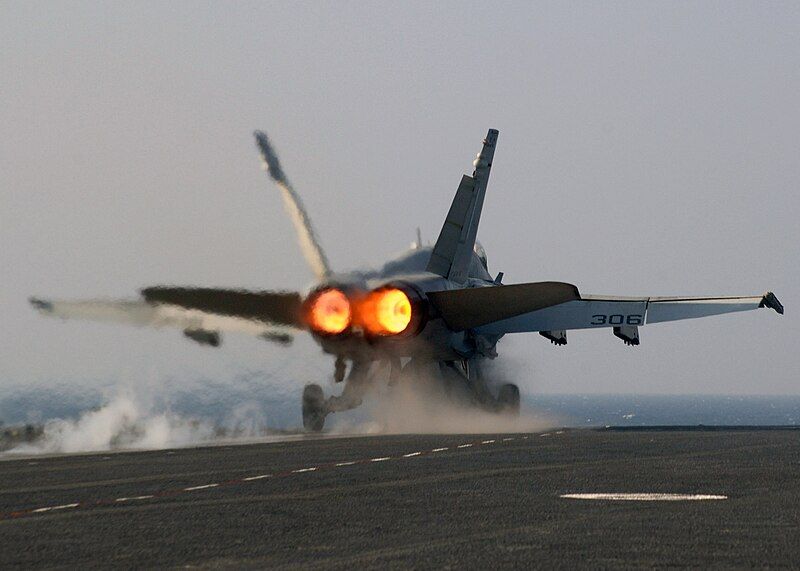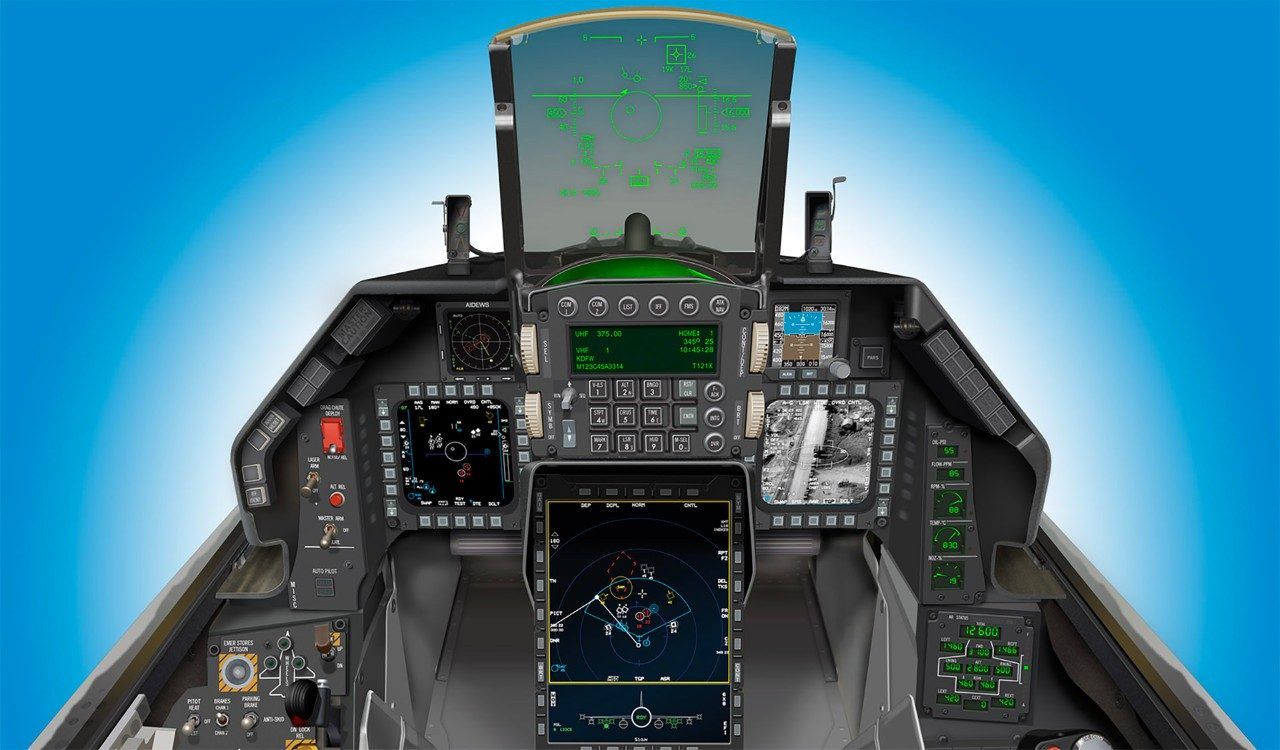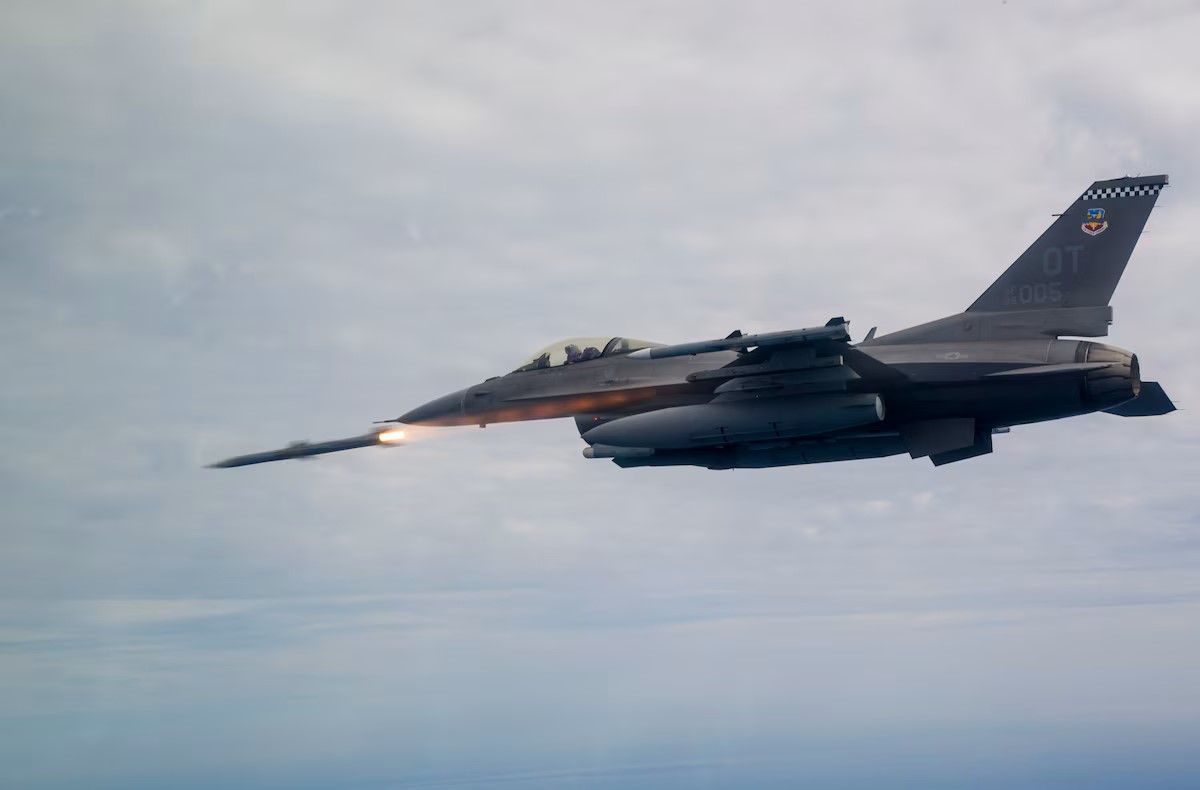Summary
- Stealth technology enables US aircraft to operate in high-threat environments while being nearly undetectable.
- Afterburners provide crucial thrust for supersonic flight and combat, but increase fuel consumption.
- Fly-by-wire systems and variable-sweep wings enhance maneuverability and control of US fighter jets.
The US has long sat at the leading edge of military aviation, and today, its Air Force is the most powerful in the world. The United States also possesses a number of capabilities found in no other air force in the world today (like the F-22 Raptor and the B-2 Spirit stealth bomber). The US Air Force is constantly innovating and pushing the boundaries with everything from drones to AI. Here are five aviation technologies that have been game-changing for the United States military.
1
Stealth Technology
The Air Force has at least 5 stealthy manned combat aircraft types
|
F-22 Radar cross-section: |
0.0001 m2 |
|---|---|
|
F-35 Radar cross-section: |
0.005 m2 |
|
Stealth aircraft: |
F-117, F-22, F-35, B-2, B-21 |
Stealth or low-observable technology vastly improves an aircraft’s survival in high-threat environments. Stealth enables aircraft like the B-2 Spirit to carry out deep penetration strikes in threat environments that are too great for other aircraft. US stealth fighters – the F-22 Raptor and F-35 Lightning II- are considered by far the most stealthy in the world.
Photo: USAF
The first stealth aircraft was the F-117 Nighthawk, whose development, production, and existence were kept a secret for many years. During the NATO bombing of Serbia in 1999, one F-117 Nighthawk was shot down by an old air defense system while a second was hit and damaged. The incidents show that low observability doesn’t mean it is not observable or invisible.
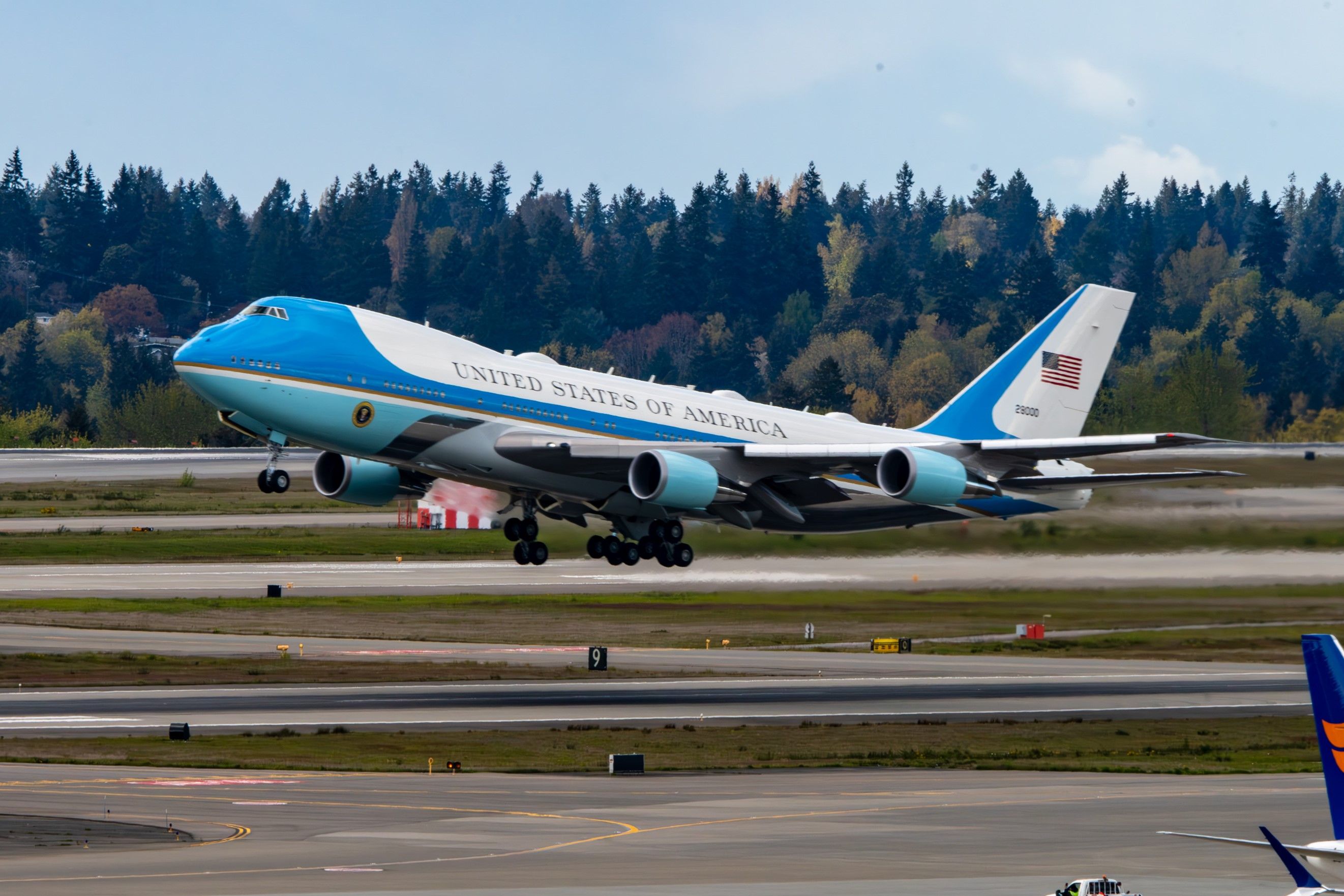
Related
A Look At The Defense Systems That Protect Air Force One
What keeps the plane and its passengers safe in any situation?
2
Afterburners
Afterburners are used for takeoff, supersonic flight, and combat
|
First afterburning aircraft: |
Italian Caproni Campini C.C.2 in 1941 |
|---|---|
|
Afterburning fighter jets: |
F-16, F-15, F/A-18, F-22, F-35 |
|
Usage: |
Supersonic flight, takeoff, combat |
Afterburners enable jet engines to produce the massive thrust critical for supersonic flight, takeoff (e.g., from aircraft carriers), and combat. The Pratt & Whitney J58 engine used in the SR-71 Blackbird was remarkable as it used its afterburner for prolonged periods (it also propelled the SR-71 to speeds exceeding Mach 3).
Afterburners do come with their limitations, as they dramatically increase the aircraft’s fuel consumption (thereby limiting its range and time on the battlefield). Afterburners are not a new idea and can be traced back to the Italian Caproni Campini C.C.2 motorjet, which was the first aircraft to incorporate an afterburner (its first flight occurred in April 1941).
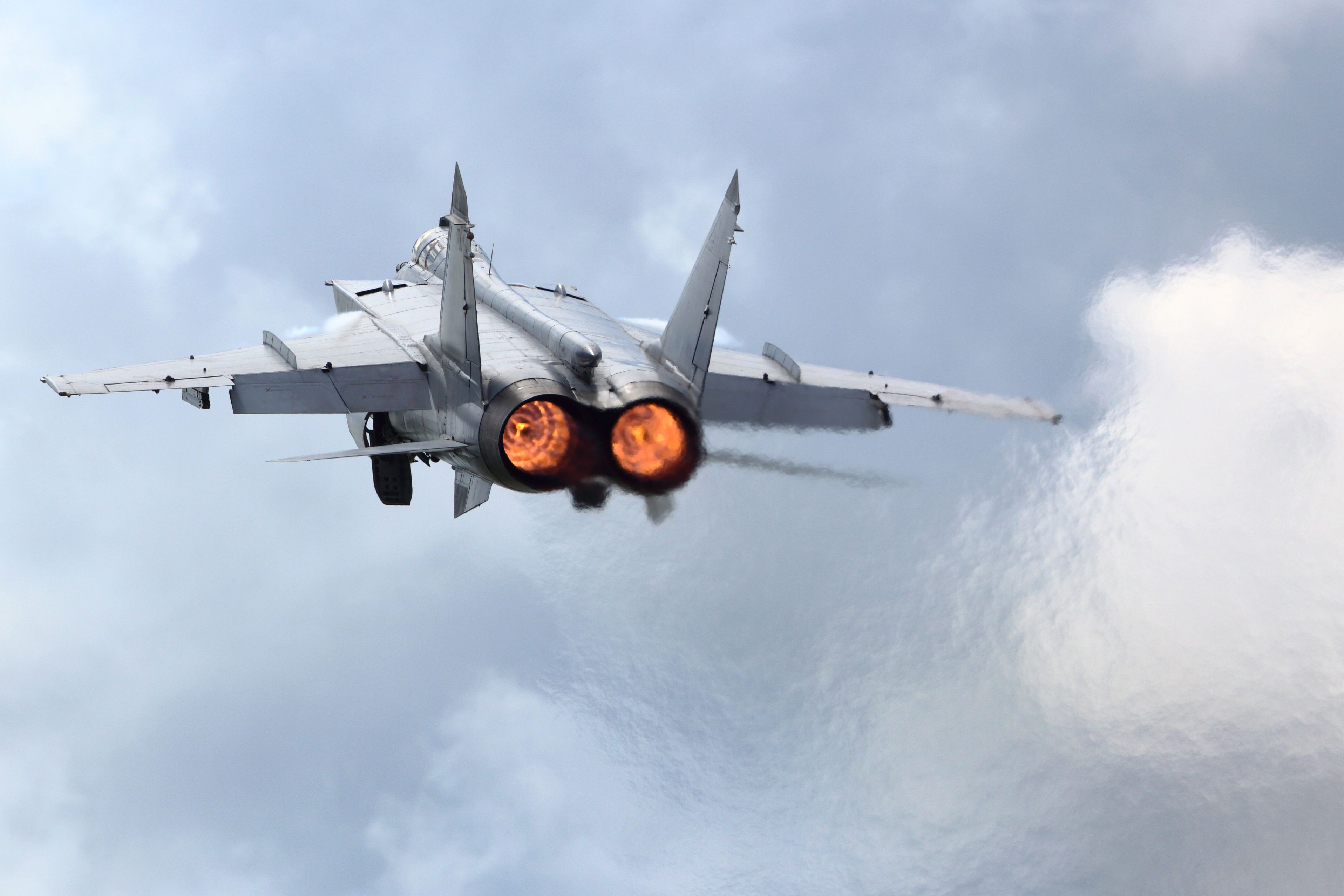
Related
Why Do Fighter Jets Have Afterburners & How Do They Work?
The afterburner gives a large thrust boost, but at a high cost.
3
Fly-By-Wire Systems
US fighter jets have fly-by-wire systems, making them much easier to fly
|
First FBW airliner: |
Airbus A320 |
|---|---|
|
First FBW test bed: |
B-47 Stratojet in 1960s |
|
First FBW combat jet: |
F-16 Fighting Falcon |
To be highly maneuverable, fighter jets must be aerodynamically unstable, which makes them very difficult for the pilots to control. Fly-by-wire systems replace the conventional manual flight controls of an aircraft with an electronic interface where computers do much of the work. The F-16 Fighting Falcon became the first combat jet to incorporate the technology, giving the pilot “excellent flight control.”
Photo: Lockheed Martin
Fly-by-wire systems offer various advantages, including reduced weight, improved reliability, damage tolerance, and increased control of highly maneuverable aircraft. This enables not only the aircraft to be built aerodynamically unstable and highly maneuverable but also allows the pilot to concentrate on fighting effectively.
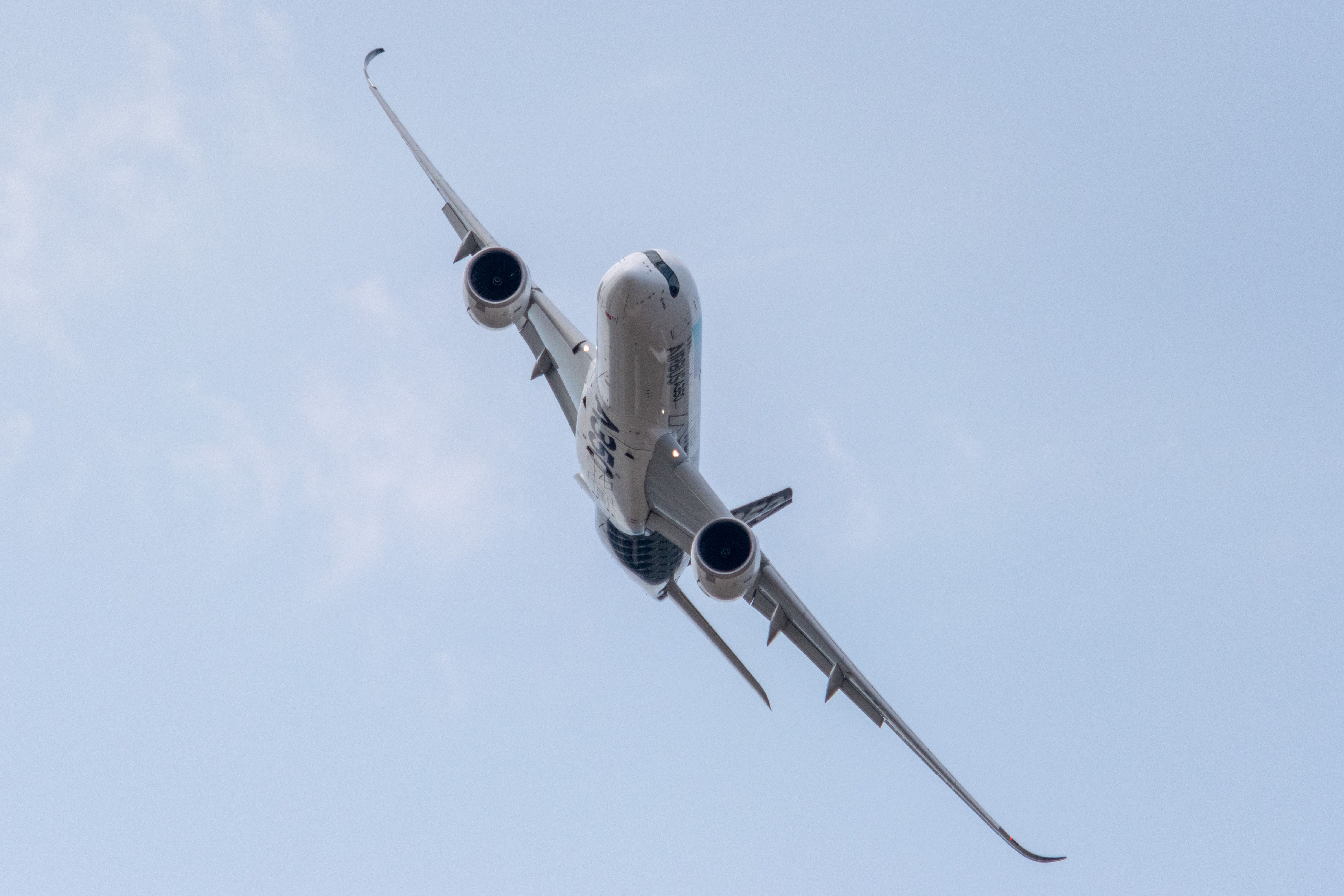
Related
A Look At The Fly By Wire Control System
The fly-by-wire system has been a revolution in flight control systems design and is a feature found in many aircraft that are being designed today.
4
Variable-Sweep Wings
Before the 1980s, variable-sweep wings were a popular design
|
Advantage: |
Optimizing wing sweep for different speeds |
|---|---|
|
Fighter examples: |
F-14 Tomcat, Panavia Tornado, MiG-27 |
|
Bomber examples: |
Tu-22M, B-1 Lancer |
While the US Air Force or Navy may no longer procure aircraft with variable-sweep wings, they have proven very useful in the past. Aircraft traveling at high speeds perform better with highly swept wings, making them unstable at slower speeds (like when taking off and landing).
Variable sweep wings were included on aircraft designed into the 1970s; after the 1980s, advances in flight control technology and structural materials rendered them unnecessary. Variable sweep wings are used on strike aircraft like the MiG-27 and Panavia Tornado and on some fighter/interceptor aircraft like the F-14 Tomcat and Su-24. They were also used on strategic bombers like the Tu-22M and the B-1 Lancer.
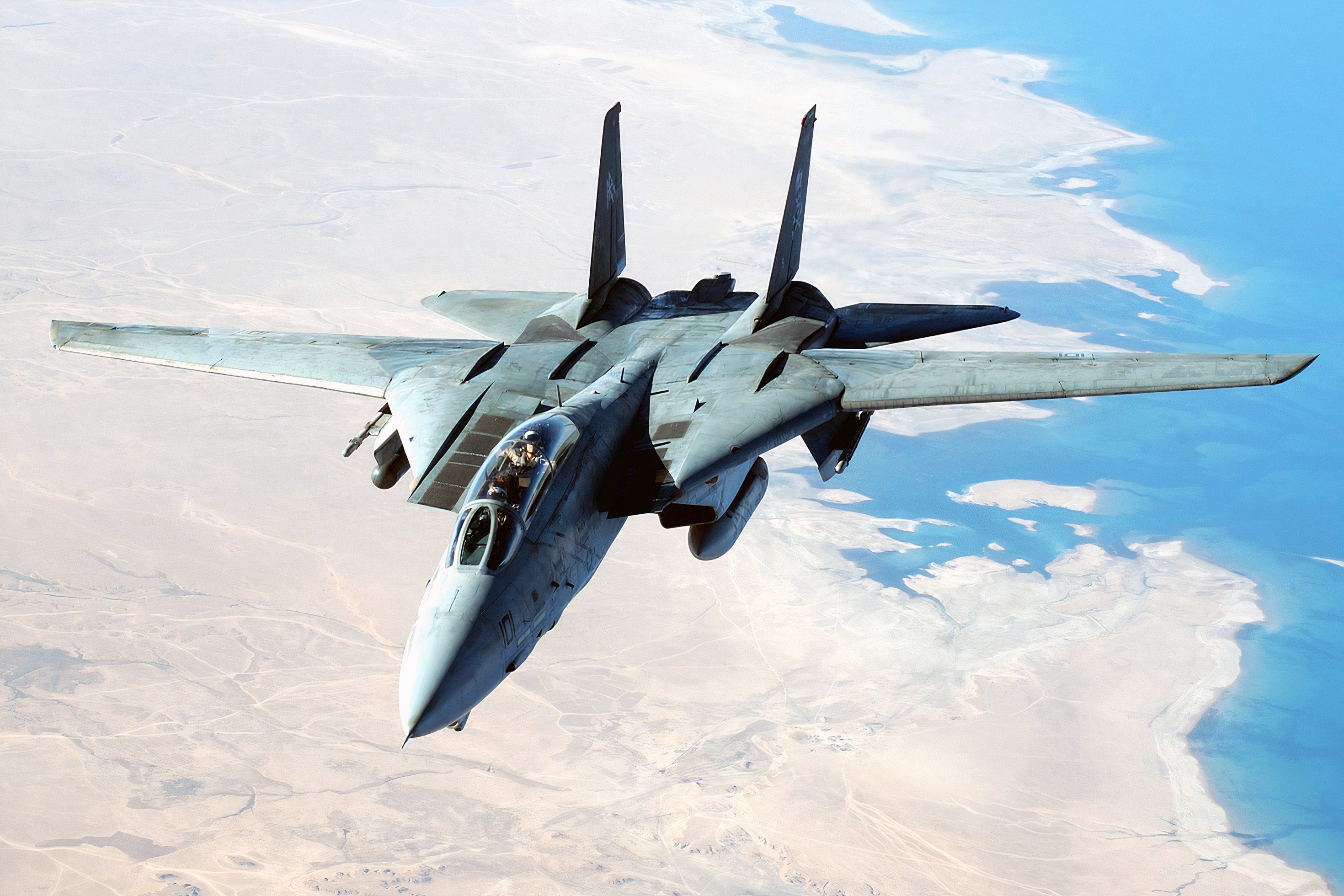
Related
The US Navy F-14 Tomcat: Design, History, and Legacy
The F-14 Tomcat was retired and replaced by the McDonnell Douglas F/A-18 Hornet.
5
Precision-Guided Munitions
RGM include AGM-88 HARMs, AIMRAAMs, and Tomahawks
|
Guidance: |
Radar-guided, laser-guided, GPS guided |
|---|---|
|
Advantage: |
Reduce collateral damage, dramatically increase mission success rate |
|
Disadvantage: |
Expensive, finite stocks |
The munitions an aircraft carries are a large part of its effectiveness, survivability, and lethality. The development of precision-guided munitions has enabled the Air Force to markedly reduce collateral damage, fire from standoff distances, and increase mission success. During World War II, the Allies leveled entire German and Japanese cities—in part because it was impossible to hit anything accurately.
Photo: US Air Force
The National Museum of the United States Air Force states, “The increased accuracy of PGMs have led to smaller — but just as effective — weapons, which allow aircraft to carry more bombs and strike more targets than in the past.” During the Gulf War, guided munitions still only accounted for 9% of weapons fired, and yet they accounted for around 75% of successful hits.

